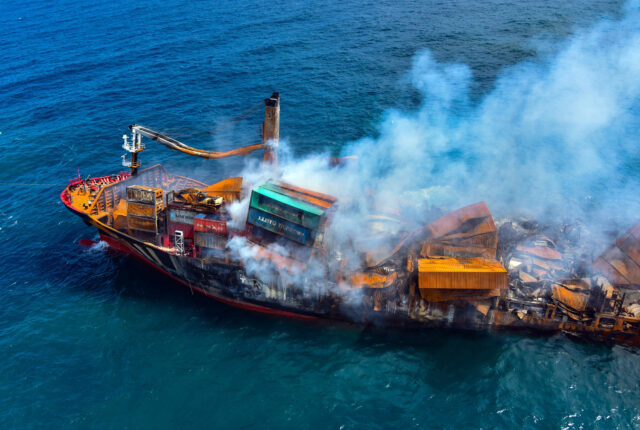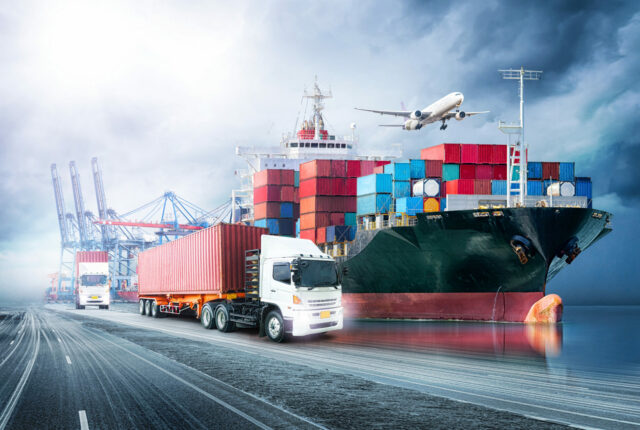
Ensuring Safety in Hazardous Goods Transportation: Best Practices for Shippers
The transportation of hazardous goods poses a significant risk to the environment and people’s lives. Hazards can arise during transportation due to improper packaging, labeling, and handling of hazardous goods. Shippers must follow best practices to ensure the safe transportation of hazardous goods.
The Ensuring Safety in Hazardous Goods Transportation: Best Practices for Shippers is a set of guidelines designed to assist shippers in safely transporting hazardous materials. These guidelines aim to minimize the risk of accidents and to protect the environment and people’s lives.
- Classify the hazardous goods
Shippers must first classify the hazardous goods according to their nature and degree of hazard. The classification determines the packaging, labeling, and handling requirements for hazardous goods.
- Package the hazardous goods properly
Shippers must ensure that the hazardous goods are properly packaged according to their classification. The packaging must meet the requirements of the appropriate regulations, and it must be able to withstand the conditions of transportation.
- Label the hazardous goods
Proper labeling is critical in hazardous goods transportation. Labels must indicate the nature of the hazardous goods, the degree of hazard, and any special handling requirements. The labels must be visible and durable.
- Mark the hazardous goods
Shippers must mark the hazardous goods with appropriate markings that indicate the nature and degree of hazard. The markings must be visible and durable.
5. Provide appropriate documentation
Shippers must provide appropriate documentation for the hazardous goods being transported. This includes a shipping document, a safety data sheet, and any other relevant documentation required by the appropriate regulations.
6. Train employees
Shippers must ensure that their employees are trained in the safe handling, packaging, and transportation of hazardous goods. The employees must be aware of the risks involved and the procedures to follow in case of an emergency.
7. Use appropriate transportation modes
Shippers must choose the appropriate transportation modes for the hazardous goods being transported. The mode of transportation must be able to meet the packaging, labeling, and handling requirements of the hazardous goods.
FAQs
- What are hazardous goods?
Hazardous goods are materials or substances that pose a significant risk to health, safety, or the environment when transported. Examples include explosives, gases, flammable liquids, toxic substances, and radioactive materials.
2. Why is ensuring safety in hazardous goods transportation important?
Ensuring safety in hazardous goods transportation is essential to prevent accidents and protect the environment and people’s lives. Hazards can arise during transportation due to improper packaging, labeling, and handling of the hazardous goods.
3. What are the consequences of improper transportation of hazardous goods?
The consequences of improper transportation of hazardous goods can be severe. They can result in accidents, injuries, and fatalities, as well as damage to the environment and property.
In conclusion, shippers must prioritize safety when transporting hazardous goods. The Ensuring Safety in Hazardous Goods Transportation: Best Practices for Shippers provides a comprehensive set of guidelines to help shippers meet the requirements for safe transportation. By following these guidelines, shippers can protect the environment and people’s lives while minimizing the risks associated with hazardous goods transportation. Remember, safety should always be the top priority in transporting hazardous goods.






